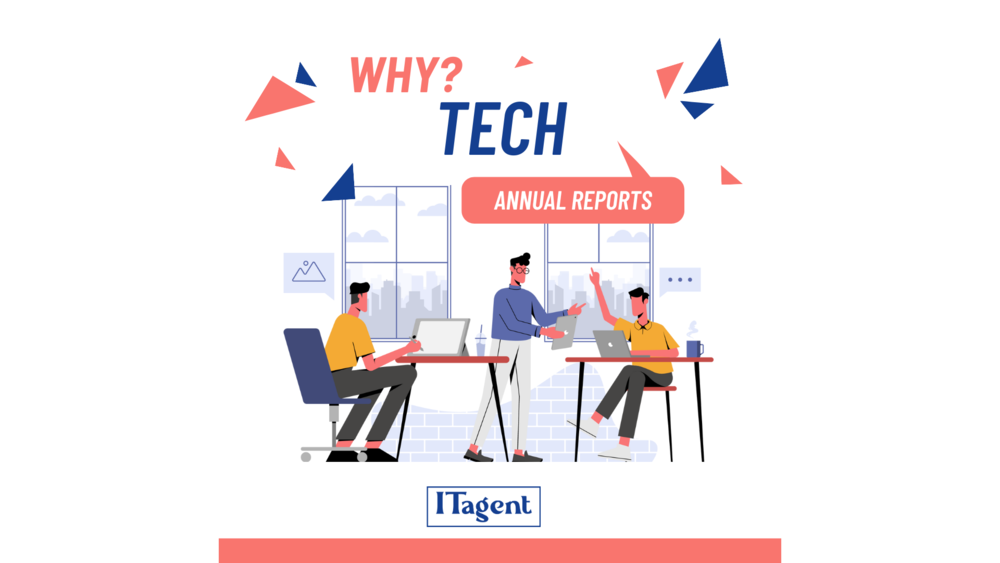Big tech companies often take a strategic approach to end-of-year reports, using them to refine long-term plans beyond immediate budget and workforce adjustments. Here’s an outline of their approach and additional insights:
1. Financial Reports in Big Tech
Focus on Growth Metrics: Instead of focusing solely on revenue and profitability, big tech companies also emphasize growth metrics such as customer acquisition costs (CAC), lifetime value (LTV) of customers, and return on investment (ROI) for R&D. These indicators are essential in fast-paced tech environments where scaling and innovation are key to staying competitive.
Investment Roadmap: Financial data helps these companies make informed decisions about capital allocation in high-growth areas like AI, machine learning, or cloud infrastructure. This way, they stay competitive in emerging markets and adjust investments accordingly.
Budget for Sustainability: Many large tech firms also budget for environmental, social, and governance (ESG) initiatives based on financial data. This reflects a long-term commitment to social impact, which increasingly influences investor and public perception.
2. Performance Reports in Big Tech
Product and Feature Success Metrics: Instead of only tracking team productivity, big tech companies dig into product-specific KPIs. For example, they evaluate how individual features are performing, user engagement levels, and the retention rates on specific platforms. These insights guide future product roadmaps and help identify which features to expand or retire.
Customer-Centric Metrics: Big tech firms prioritize customer satisfaction, net promoter score (NPS), and other user-experience metrics as they heavily influence product development and customer support. These metrics provide feedback that shapes user-centered innovation and helps tech companies create more resilient brand loyalty.
Operational Efficiency: Performance reports also reveal areas for operational efficiency. By analyzing time-to-market for new features, release stability, and bug rates, they can streamline workflows and identify high-impact improvements.
3. Strategic Implications
Innovation Budgeting: Big tech companies often set aside a significant portion of the budget for future innovation based on these reports. For instance, if AI and machine learning are identified as growth areas, substantial resources may be directed to those.
Talent Development and Hiring: Financial and performance insights inform high-level workforce planning and skill acquisition needs, but big tech also places a premium on upskilling existing teams. Additionally, they use these reports to identify “high-value” roles in emerging fields to attract top-tier talent.
Long-Term Sustainability Goals: Big tech companies are increasingly planning their budgets to align with sustainability goals over a multi-year timeline. This commitment requires balancing profitability with impactful initiatives, like reducing carbon footprints, expanding diversity and inclusion, and supporting local economies.

